Home>Gardening & Outdoor>Landscaping Ideas>How Tall Will Grass Grow If Not Cut
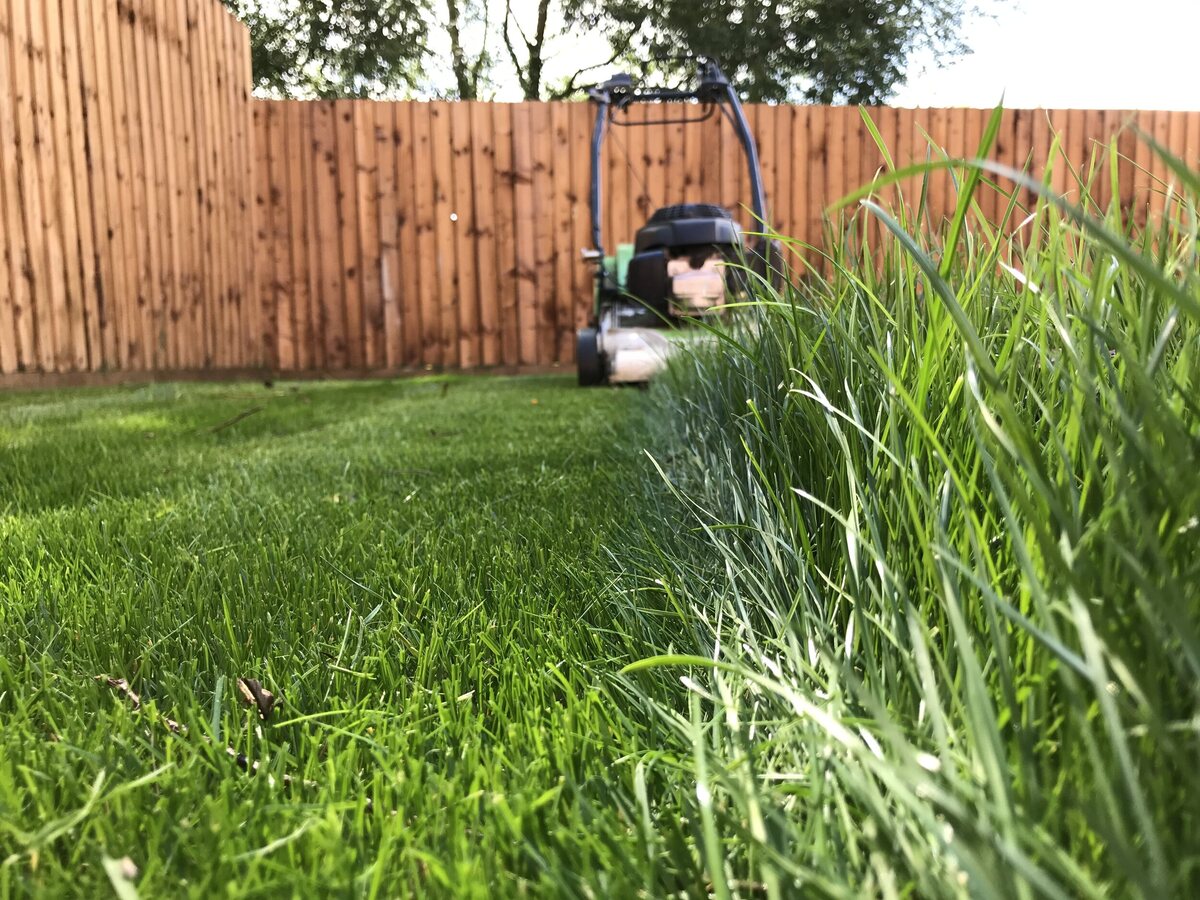

Landscaping Ideas
How Tall Will Grass Grow If Not Cut
Modified: October 20, 2024
Discover landscaping ideas and learn how tall grass will grow if left uncut. Find tips for maintaining a beautiful lawn.
(Many of the links in this article redirect to a specific reviewed product. Your purchase of these products through affiliate links helps to generate commission for Storables.com, at no extra cost. Learn more)
Introduction
Grass, the ubiquitous green carpet that adorns lawns and landscapes, is a resilient and dynamic plant that plays a crucial role in the natural environment and human habitats. Its growth and maintenance are essential considerations for homeowners, landscapers, and environmental enthusiasts alike. Understanding the factors that influence grass growth and the implications of neglecting its maintenance can provide valuable insights into the intricate world of landscaping and lawn care.
Grass growth is a fascinating process influenced by a myriad of factors, including climate, soil composition, and species characteristics. The height to which grass can grow if left unattended is a topic that piques the curiosity of many individuals. While it may seem like a simple inquiry, the answer is multifaceted and varies depending on several variables.
In this article, we will delve into the factors affecting grass growth, explore the ideal height for grass, and examine the consequences of neglecting regular maintenance. By shedding light on these aspects, we aim to unravel the complexities of grass growth and provide valuable insights for homeowners and landscaping enthusiasts. So, let's embark on a journey through the verdant realm of grass and uncover the secrets of its unbridled growth.
Key Takeaways:
- Grass growth is influenced by climate, soil, watering, and mowing height. Neglecting grass cutting can lead to aesthetic degradation, thatch accumulation, weed proliferation, pest habitat, reduced resilience, and mowing challenges.
- Different grass species have specific ideal mowing heights for healthy growth. Cool-season grasses thrive when maintained at slightly taller heights, while warm-season grasses perform best when mowed at lower heights.
Read more: How Tall Does Timothy Grass Grow
Factors Affecting Grass Growth
The growth of grass is influenced by a multitude of factors, each playing a pivotal role in determining the lushness and vigor of the turf. Understanding these factors is essential for maintaining a healthy and vibrant lawn.
-
Climate: The climate of a region significantly impacts grass growth. Different grass species thrive in specific climate conditions. Warm-season grasses, such as Bermuda and Zoysia, flourish in hot climates, while cool-season grasses like Kentucky bluegrass and fescue prefer cooler temperatures. Precipitation levels, temperature fluctuations, and sunlight exposure all contribute to the overall growth and health of grass.
-
Soil Composition: The composition of the soil directly affects the growth and development of grass. Factors such as pH levels, nutrient content, and soil structure play crucial roles in determining the health and vitality of the grass. Well-draining soil with adequate organic matter fosters robust root development and overall plant health.
-
Watering: Adequate and consistent watering is essential for promoting healthy grass growth. Insufficient watering can lead to drought stress and stunted growth, while overwatering may result in shallow root systems and susceptibility to diseases. Proper irrigation practices tailored to the specific grass species and environmental conditions are vital for optimal growth.
-
Fertilization: The application of fertilizers provides essential nutrients that support grass growth. Nitrogen, phosphorus, and potassium are key components of fertilizers that promote healthy root development, lush foliage, and overall resilience to environmental stressors. Understanding the specific nutrient requirements of the grass species is crucial for effective fertilization.
-
Mowing Height: The height at which grass is mowed directly impacts its growth and health. Different grass species have specific ideal mowing heights that promote optimal growth and vigor. Mowing too short can stress the grass and impede root development, while allowing the grass to grow excessively tall may lead to thatch buildup and reduced density.
-
Species and Cultivar: The choice of grass species and cultivar is a fundamental factor influencing growth. Each species has unique characteristics and growth habits, and selecting the appropriate species for a particular environment is essential for successful establishment and sustained growth.
Understanding these factors and their interplay is crucial for fostering healthy grass growth. By considering these elements, homeowners and landscapers can cultivate vibrant and resilient lawns that enhance the beauty of outdoor spaces.
Ideal Height for Grass
The ideal height for grass varies depending on the specific species and environmental conditions. Maintaining the correct mowing height is crucial for promoting healthy growth and resilience in lawns. Different grass species have distinct ideal mowing heights that contribute to their overall health and vigor.
For cool-season grasses such as Kentucky bluegrass, fine fescue, and perennial ryegrass, the recommended mowing height typically ranges from 2.5 to 3.5 inches. These grasses thrive when maintained at slightly taller heights, which allows for deeper root development and enhanced drought tolerance. Taller grass also shades the soil, reducing moisture evaporation and inhibiting weed growth.
Warm-season grasses, including Bermuda grass, Zoysia grass, and St. Augustine grass, have different ideal mowing heights due to their growth habits and environmental preferences. These grasses generally perform best when mowed at lower heights, typically ranging from 1 to 2 inches. Mowing at these heights encourages lateral growth and helps maintain a dense, uniform turf.
It's important to adjust the mowing height based on the specific grass species and the season. During periods of active growth, such as spring and early summer, grasses benefit from slightly higher mowing heights to support robust growth and stress tolerance. In contrast, as the growth rate slows in late summer and fall, gradually lowering the mowing height can help prevent thatch buildup and maintain an attractive appearance.
In addition to species-specific mowing heights, it's essential to consider the environmental conditions and the overall health of the lawn. In shaded areas, grass may benefit from slightly higher mowing heights to compensate for reduced sunlight and competition from tree roots. Conversely, in areas with high foot traffic, maintaining the grass at a lower height can help minimize scalping and wear.
By adhering to the recommended mowing heights for specific grass species and adjusting based on seasonal and environmental factors, homeowners and landscapers can promote lush, healthy lawns that enhance the beauty of outdoor spaces. Proper mowing practices contribute to the overall well-being of the grass, fostering resilience and vitality throughout the growing season.
Grass will continue to grow upwards if not cut, and can reach heights of 2-3 feet or more depending on the type of grass. To maintain a healthy lawn, it’s recommended to mow the grass when it reaches about 3-4 inches in height.
Consequences of Not Cutting Grass
Neglecting regular grass cutting can lead to a myriad of consequences that affect the health, aesthetics, and overall functionality of the lawn. Understanding these potential outcomes underscores the importance of consistent lawn maintenance and the detrimental effects of allowing grass to grow unchecked.
-
Aesthetic Degradation: Allowing grass to grow excessively tall results in an unkempt and unsightly appearance. Overgrown grass can create a disheveled and neglected impression, detracting from the overall visual appeal of the landscape. The once-manicured lawn transforms into a wild and untamed expanse, diminishing the aesthetic charm of the outdoor space.
-
Thatch Accumulation: When grass is not regularly mowed, the accumulation of thatch becomes a significant concern. Thatch is a layer of dead grass stems, roots, and debris that accumulates on the soil surface. Excessive thatch impedes water, air, and nutrient penetration, leading to shallow root growth and increased susceptibility to drought stress and disease.
-
Weed Proliferation: Unmowed grass provides an ideal environment for weed proliferation. Overgrown lawns offer ample space for weed seeds to germinate and thrive, leading to an influx of invasive plants that compete with the grass for essential resources. The unchecked growth of weeds further diminishes the overall health and density of the grass, resulting in a compromised and unsightly lawn.
-
Pest Habitat: Tall grass serves as a conducive habitat for pests and insects. The dense, overgrown foliage provides shelter and protection for various pests, including mosquitoes, ticks, and other unwanted insects. These pests not only pose a nuisance to homeowners but also present potential health risks, making the outdoor space less inviting and enjoyable.
-
Reduced Resilience: Neglected grass loses its resilience and ability to withstand environmental stressors. Overgrown grass is more susceptible to disease, drought, and heat stress, leading to diminished overall health and vitality. The once-thriving lawn becomes increasingly vulnerable to environmental pressures, resulting in a decline in lushness and vibrancy.
-
Mowing Challenges: Allowing grass to grow excessively tall presents challenges when mowing is eventually resumed. The dense, overgrown vegetation requires multiple passes with the lawnmower, potentially causing strain on the equipment and necessitating additional time and effort to achieve a uniform and well-groomed appearance.
By recognizing the consequences of neglecting grass cutting, homeowners and landscapers can appreciate the significance of regular lawn maintenance. Consistent mowing not only preserves the aesthetic appeal of the lawn but also contributes to the overall health, resilience, and functionality of the outdoor space. Embracing a proactive approach to grass care ensures that the landscape remains a vibrant and inviting sanctuary for all to enjoy.
Conclusion
In conclusion, the growth of grass is a dynamic and multifaceted process influenced by a myriad of factors, including climate, soil composition, watering, fertilization, mowing height, species characteristics, and cultivar selection. Understanding these factors is essential for fostering healthy and vibrant lawns that enhance the beauty of outdoor spaces. By adhering to species-specific mowing heights, adjusting based on seasonal and environmental factors, and embracing consistent lawn maintenance, homeowners and landscapers can promote lush, resilient lawns that serve as inviting sanctuaries for leisure and recreation.
The ideal mowing height for grass varies depending on the specific species and environmental conditions. Cool-season grasses thrive when maintained at slightly taller heights, promoting deeper root development and enhanced drought tolerance. In contrast, warm-season grasses perform best when mowed at lower heights, encouraging lateral growth and maintaining a dense, uniform turf. By adhering to the recommended mowing heights and adjusting based on seasonal and environmental factors, homeowners and landscapers can promote lush, healthy lawns that enhance the beauty of outdoor spaces.
Neglecting regular grass cutting can lead to a myriad of consequences that affect the health, aesthetics, and overall functionality of the lawn. Aesthetic degradation, thatch accumulation, weed proliferation, pest habitat, reduced resilience, and mowing challenges are among the potential outcomes of allowing grass to grow unchecked. Recognizing these consequences underscores the importance of consistent lawn maintenance and the detrimental effects of neglecting grass cutting. Embracing a proactive approach to grass care ensures that the landscape remains a vibrant and inviting sanctuary for all to enjoy.
In essence, the growth and maintenance of grass are integral components of landscaping and lawn care. By considering the factors that influence grass growth, adhering to species-specific mowing heights, and recognizing the consequences of neglecting grass cutting, homeowners and landscapers can cultivate vibrant and resilient lawns that enrich outdoor environments. Through a harmonious balance of attentive care and environmental stewardship, the verdant realm of grass becomes a source of natural beauty and tranquility, inviting individuals to immerse themselves in the splendor of well-tended landscapes.
Frequently Asked Questions about How Tall Will Grass Grow If Not Cut
Was this page helpful?
At Storables.com, we guarantee accurate and reliable information. Our content, validated by Expert Board Contributors, is crafted following stringent Editorial Policies. We're committed to providing you with well-researched, expert-backed insights for all your informational needs.
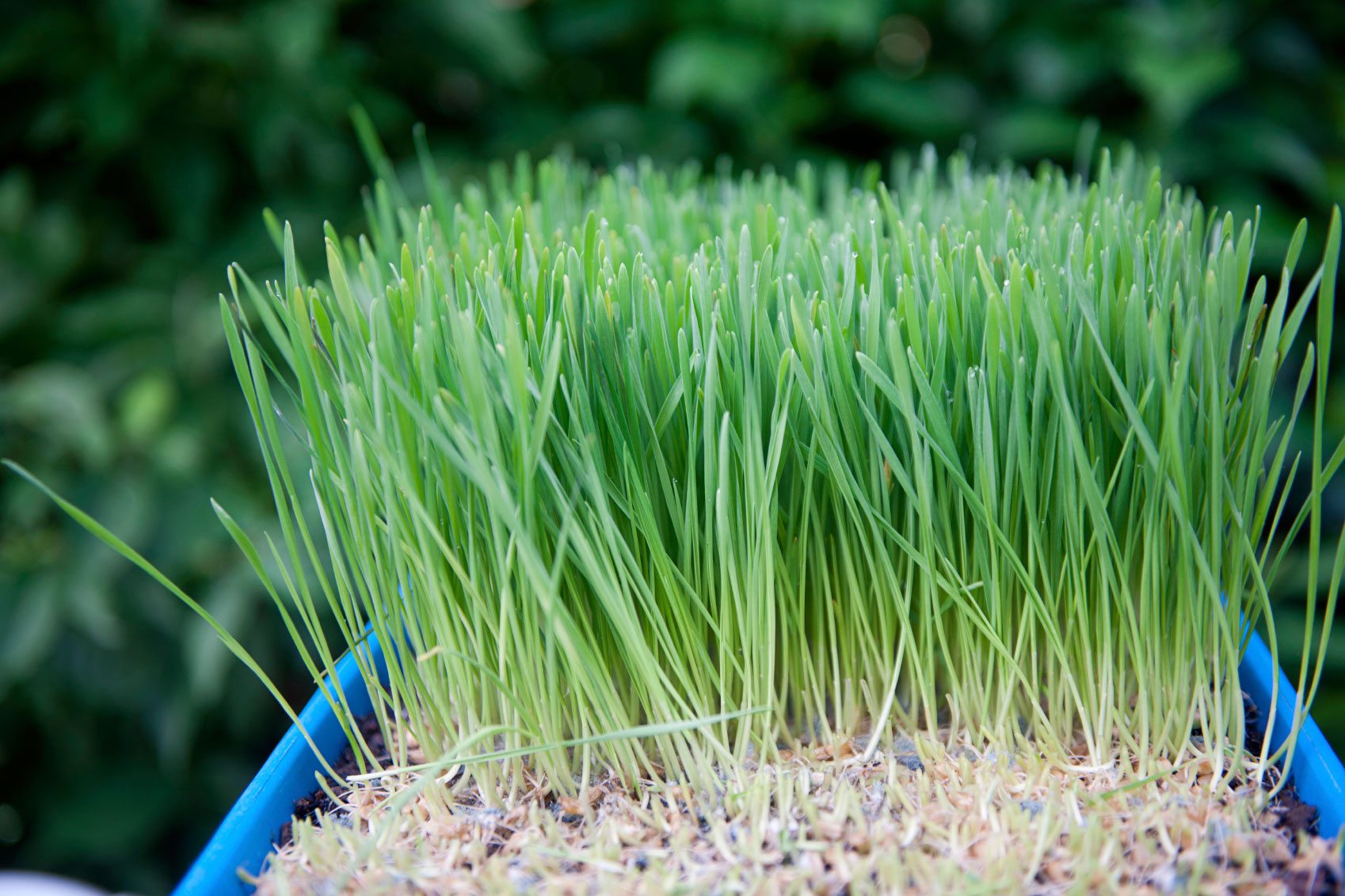
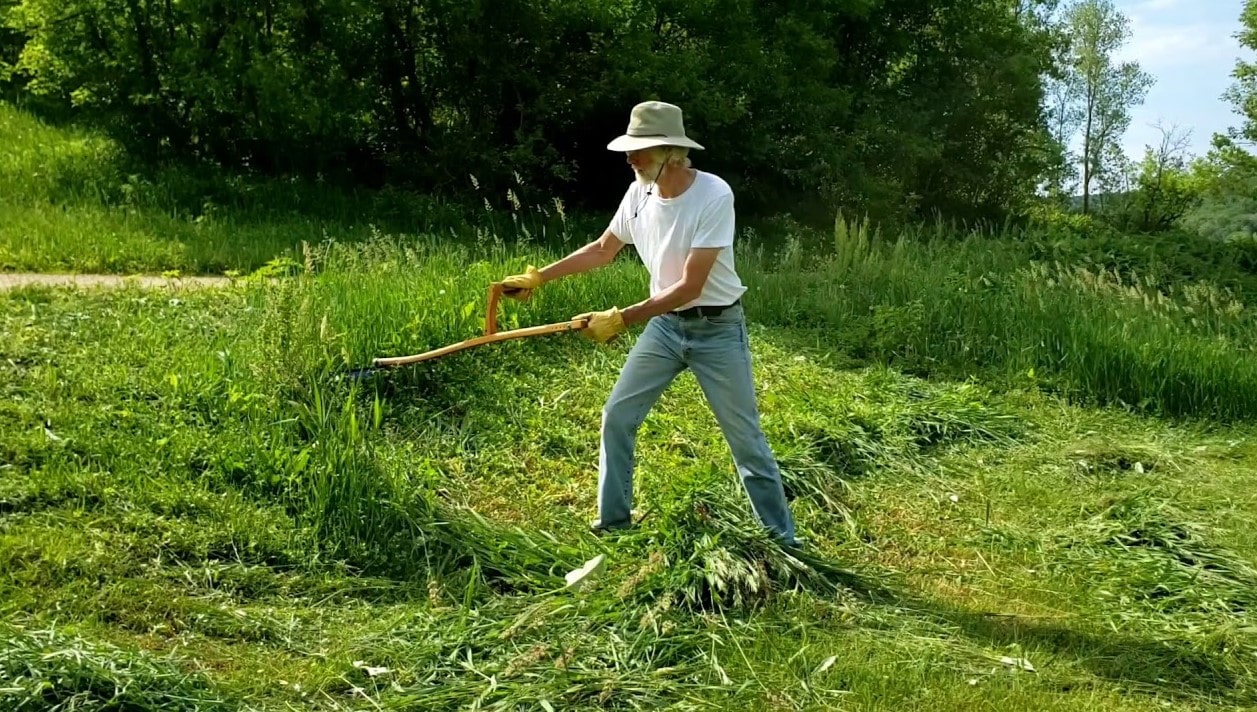
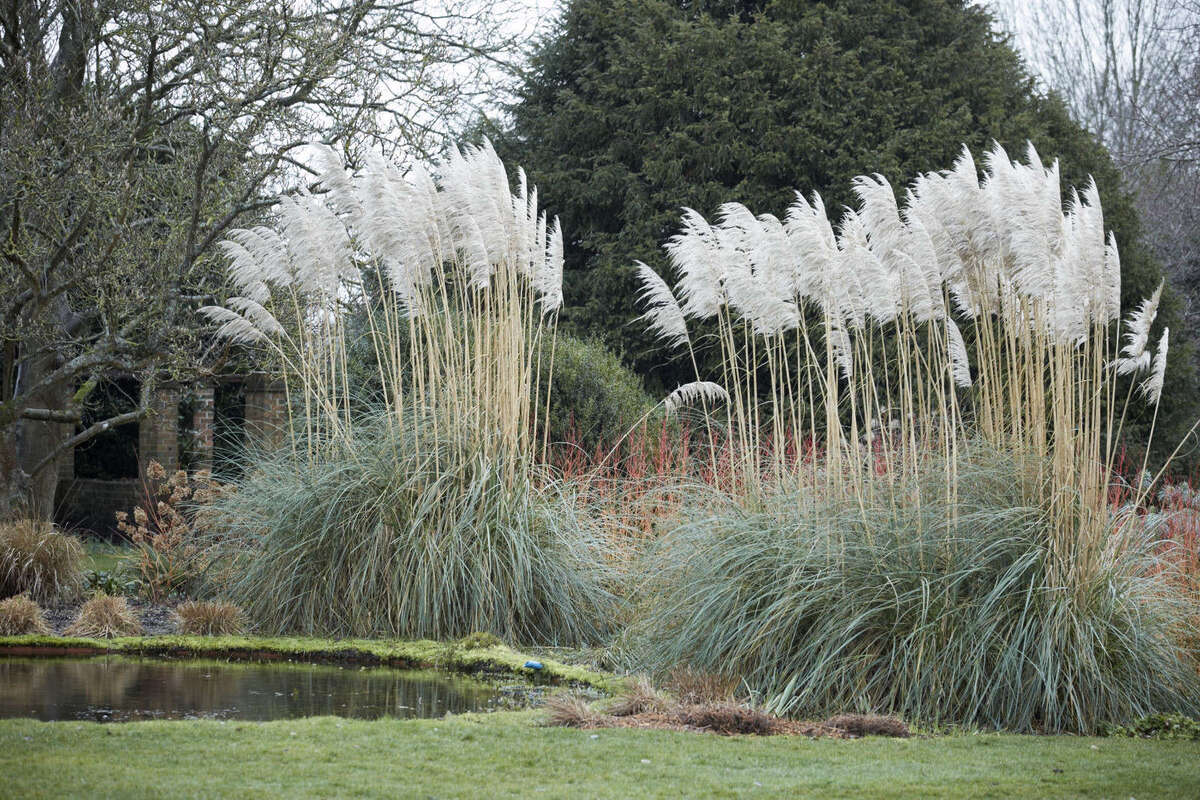
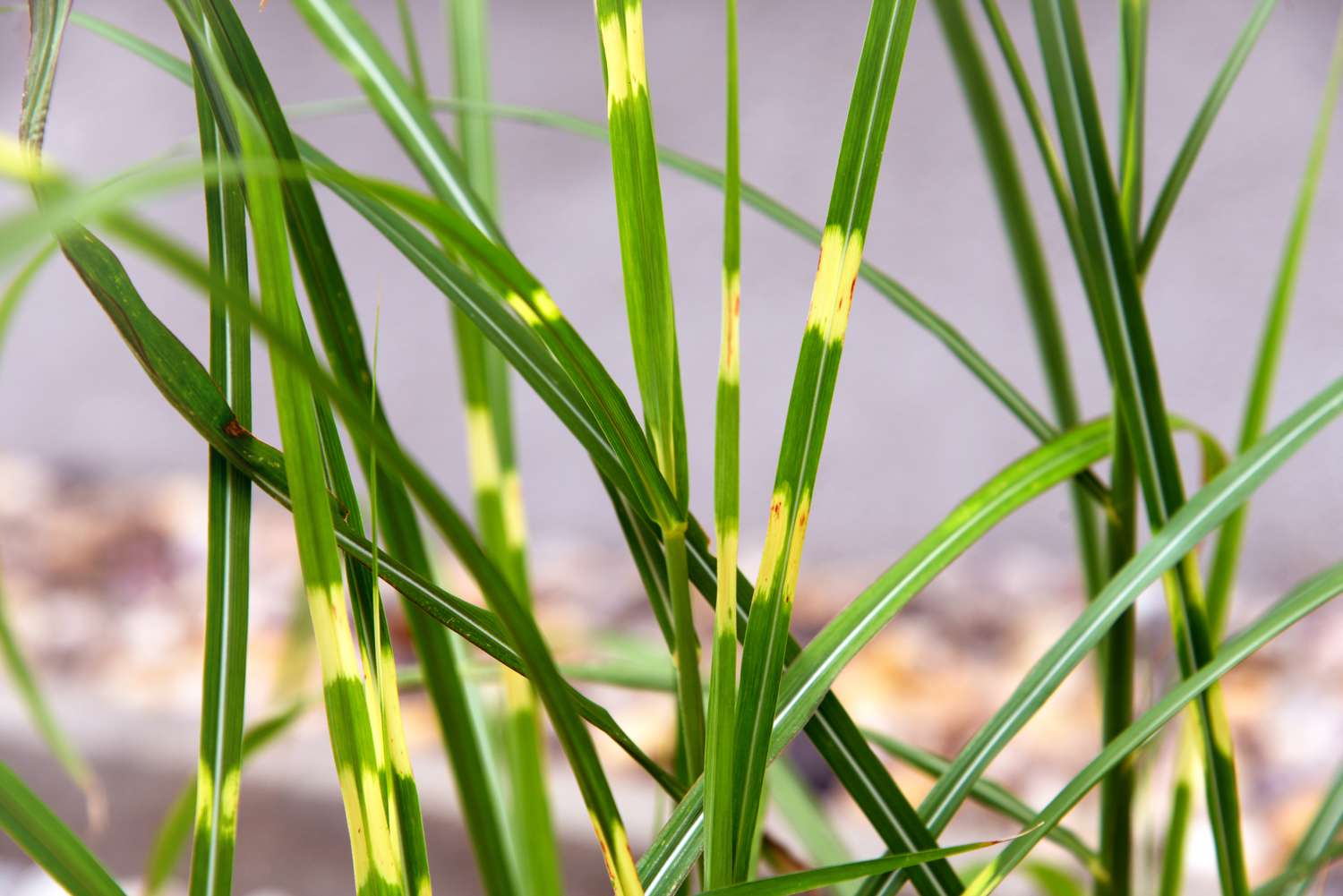
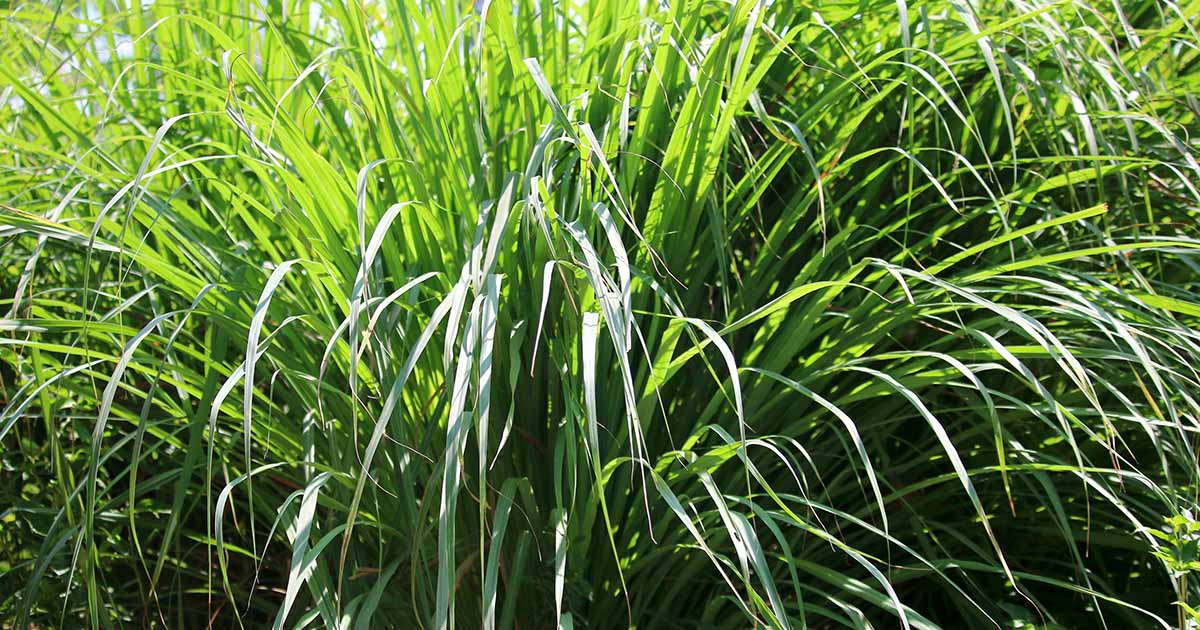
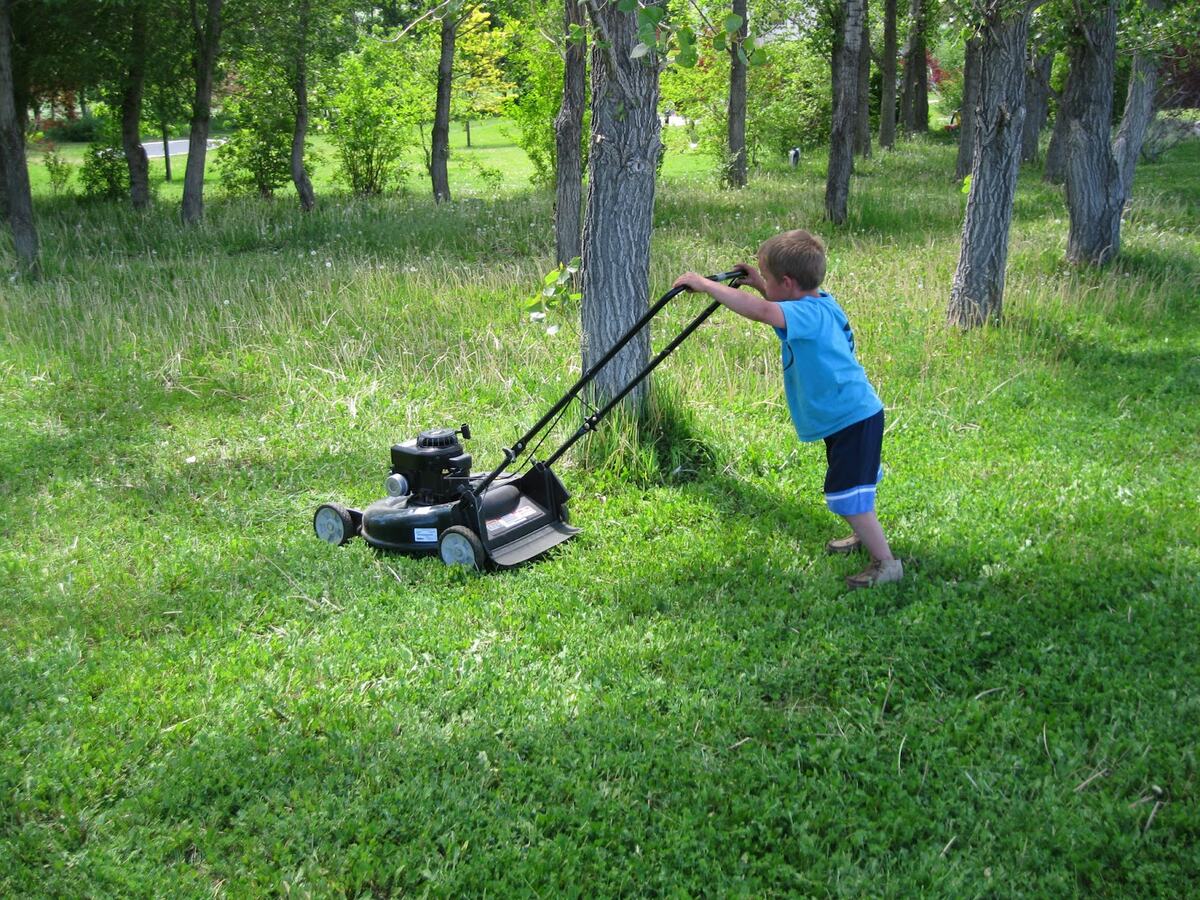
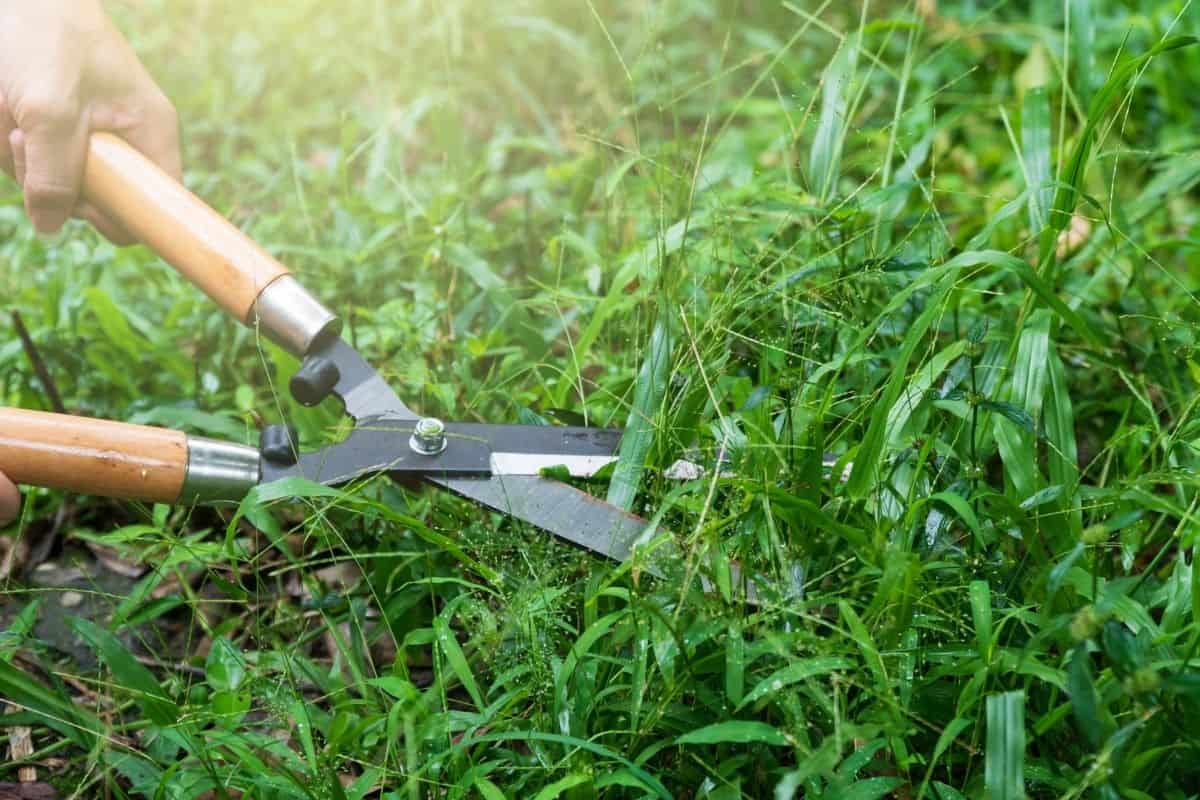
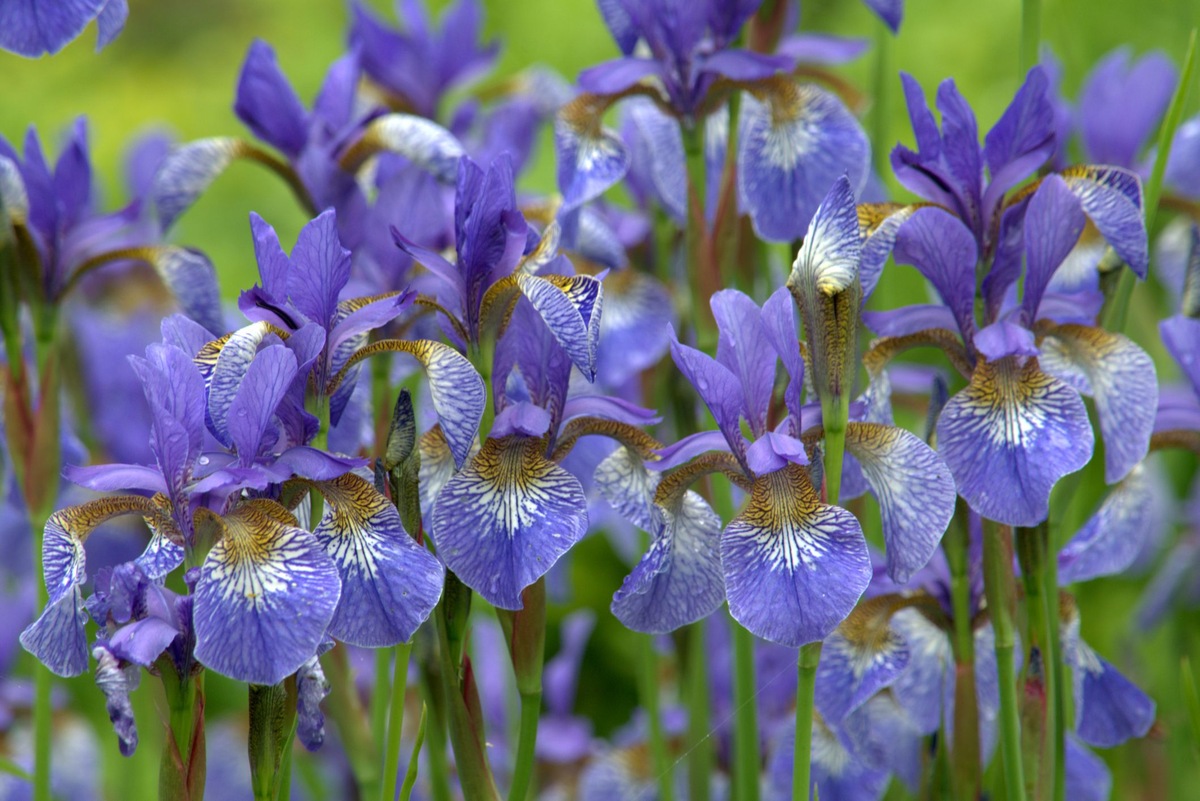

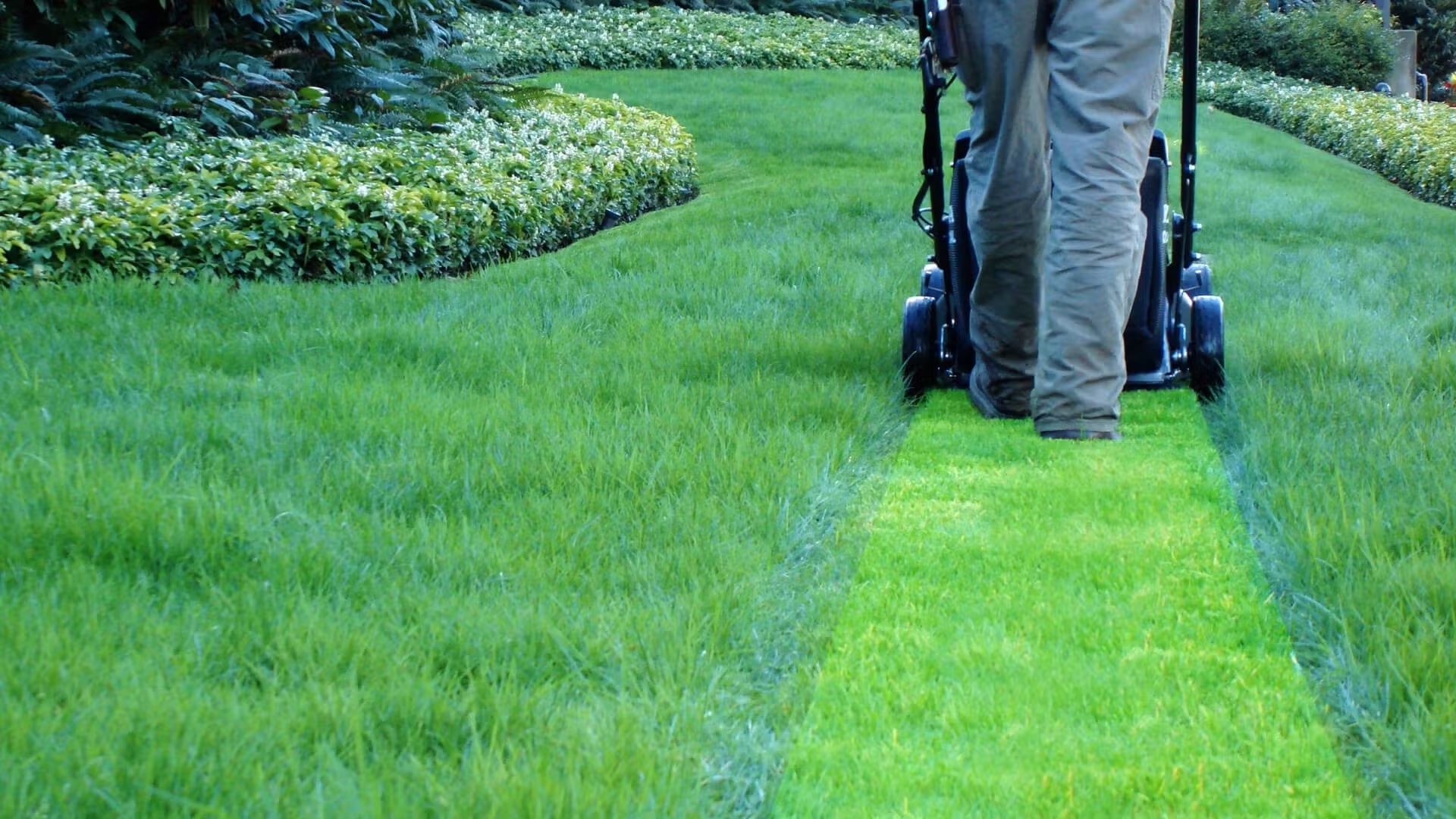
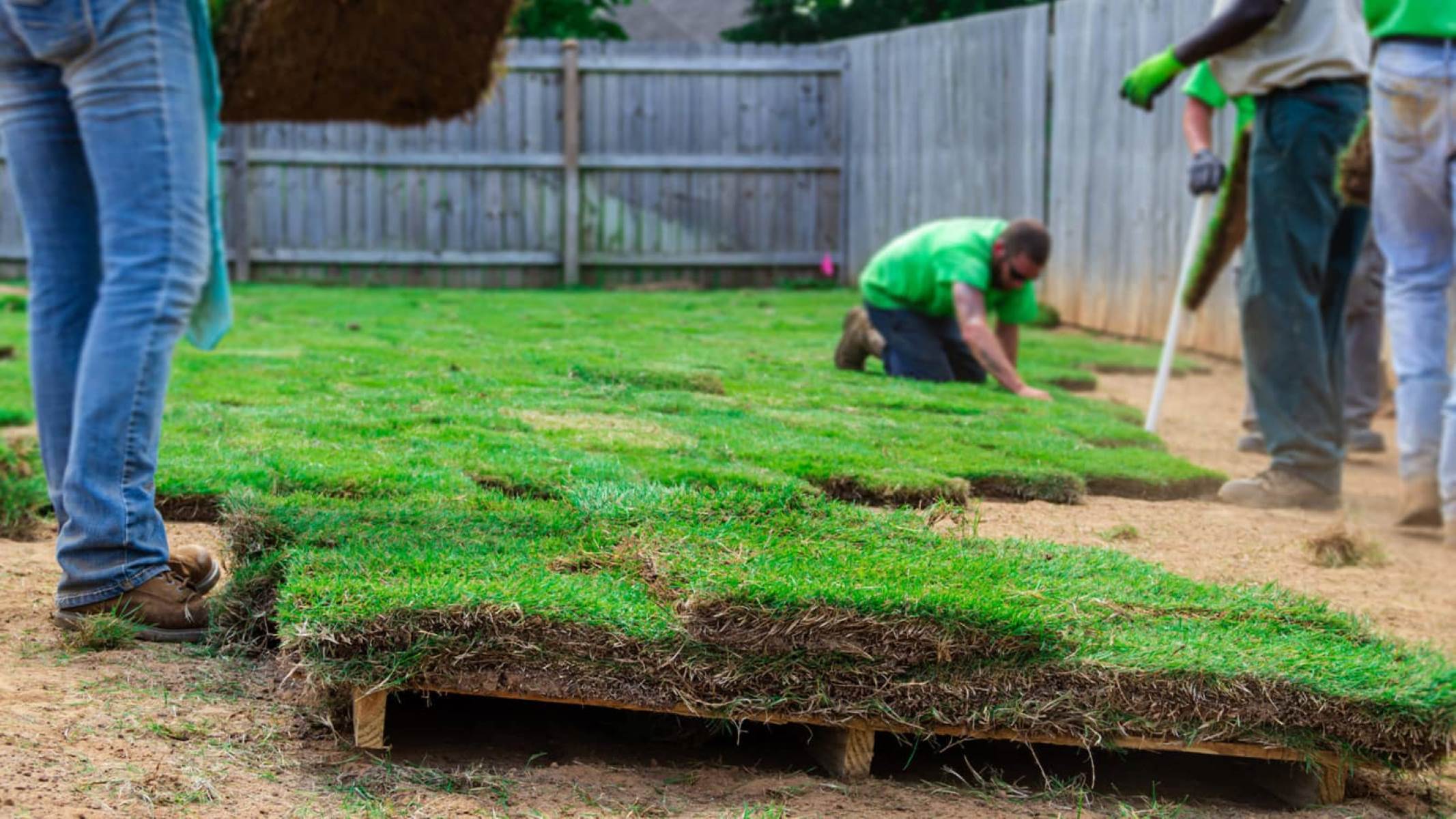
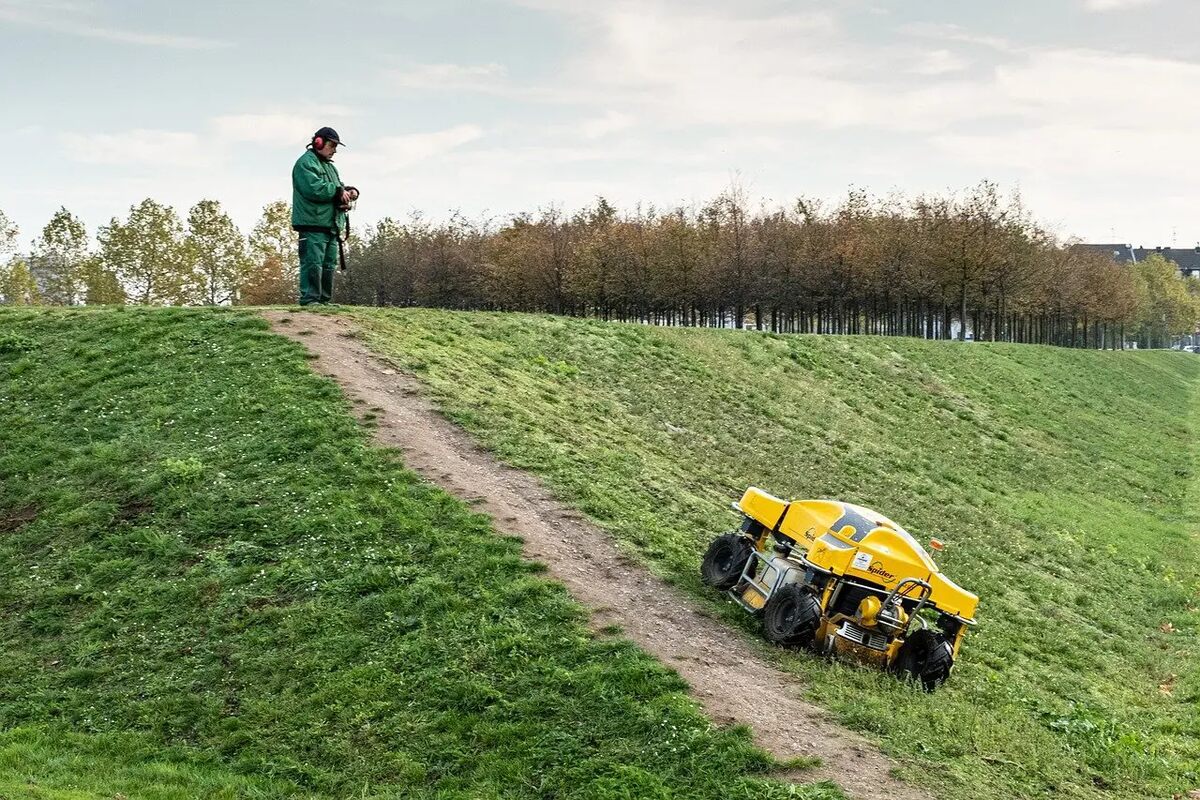
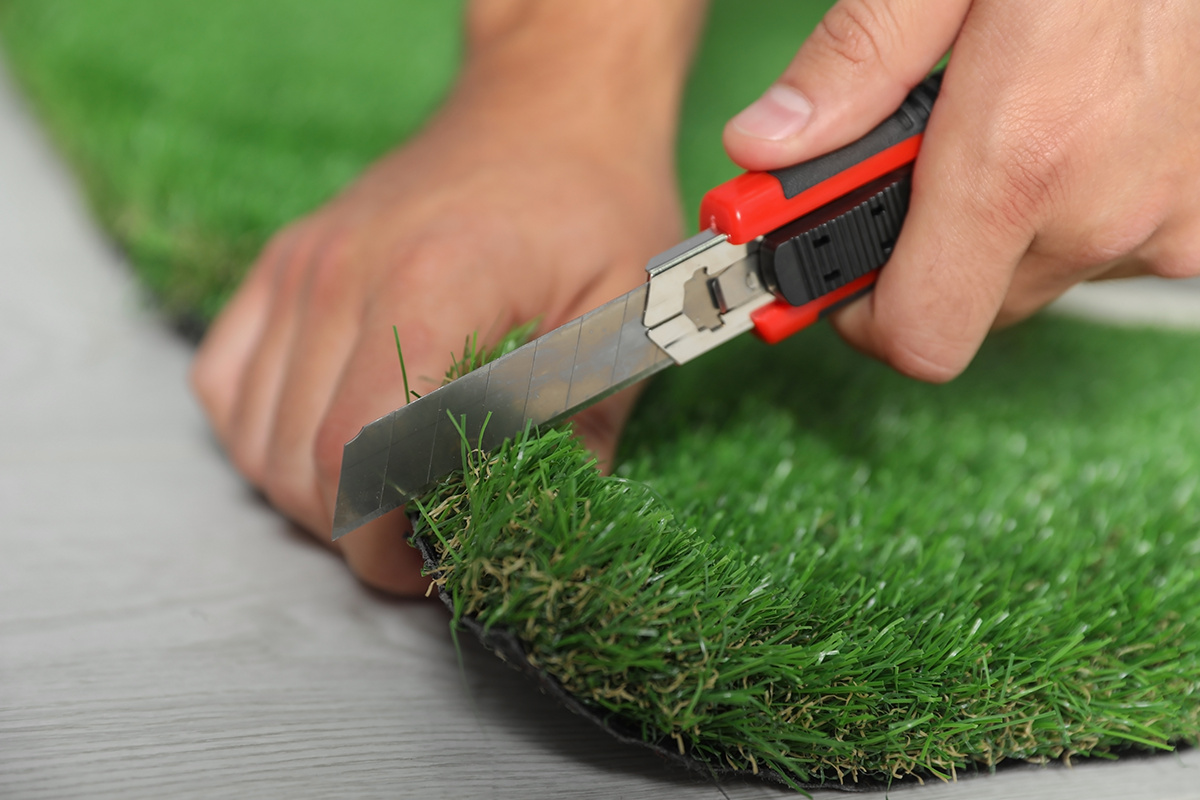
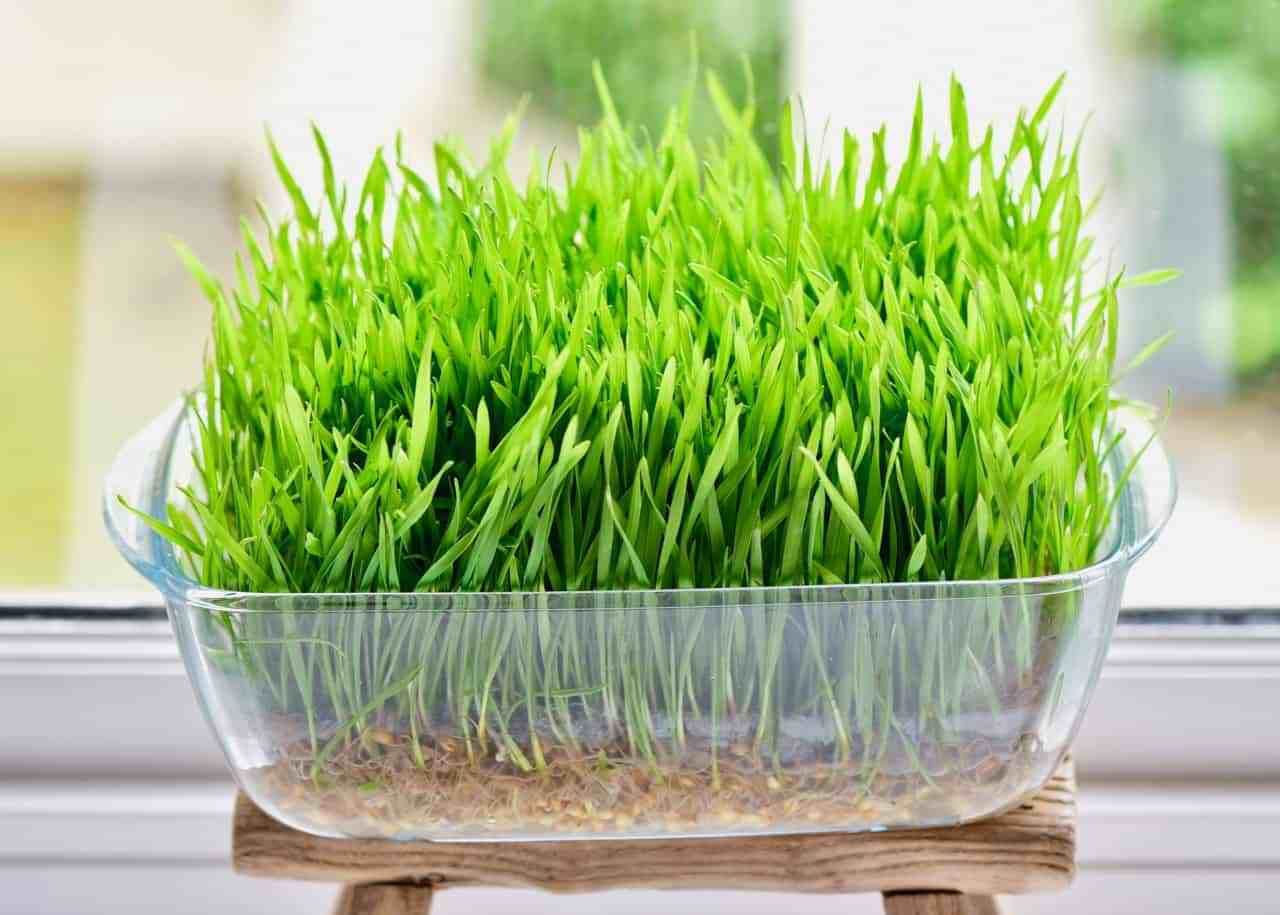
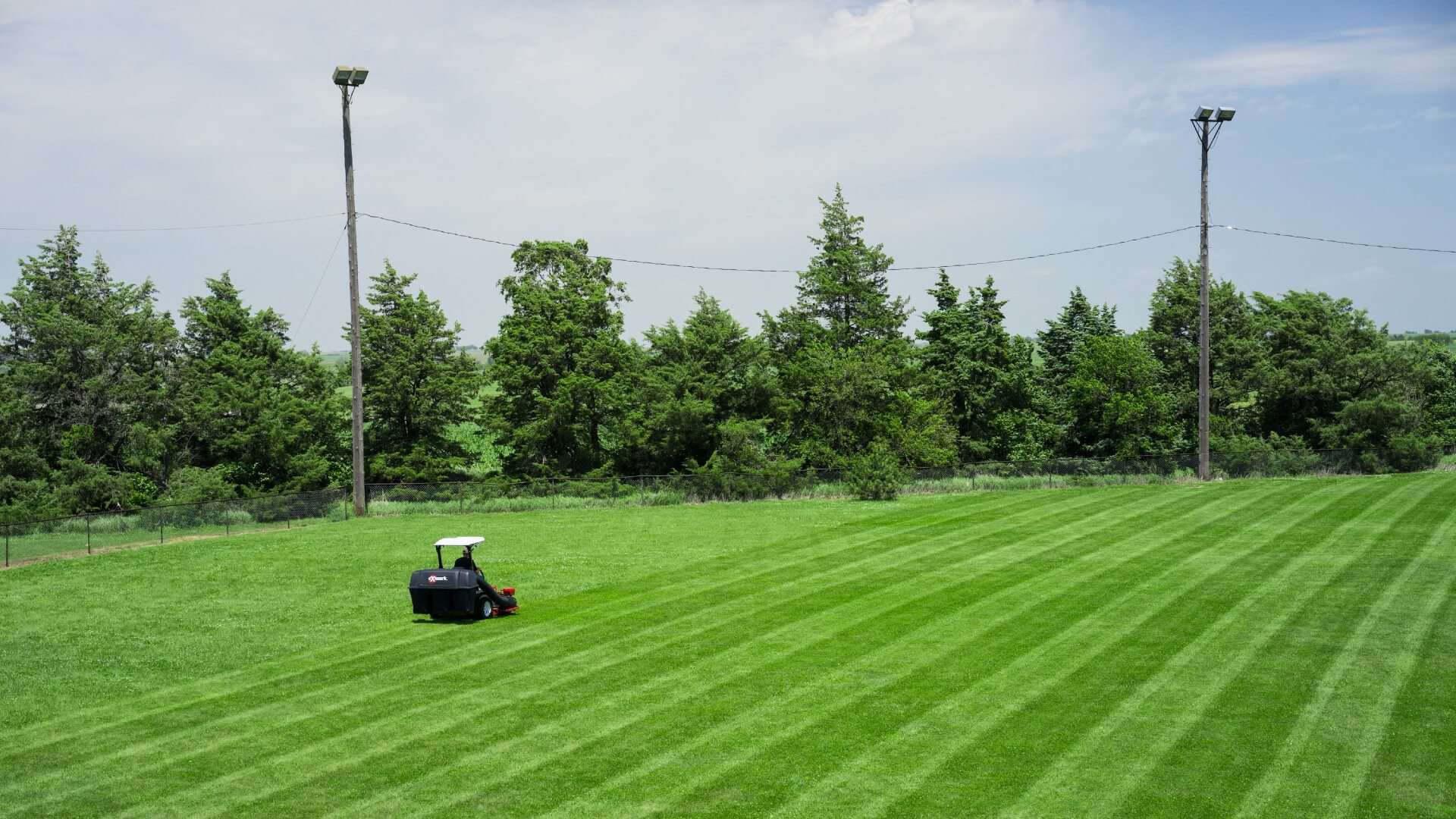

0 thoughts on “How Tall Will Grass Grow If Not Cut”